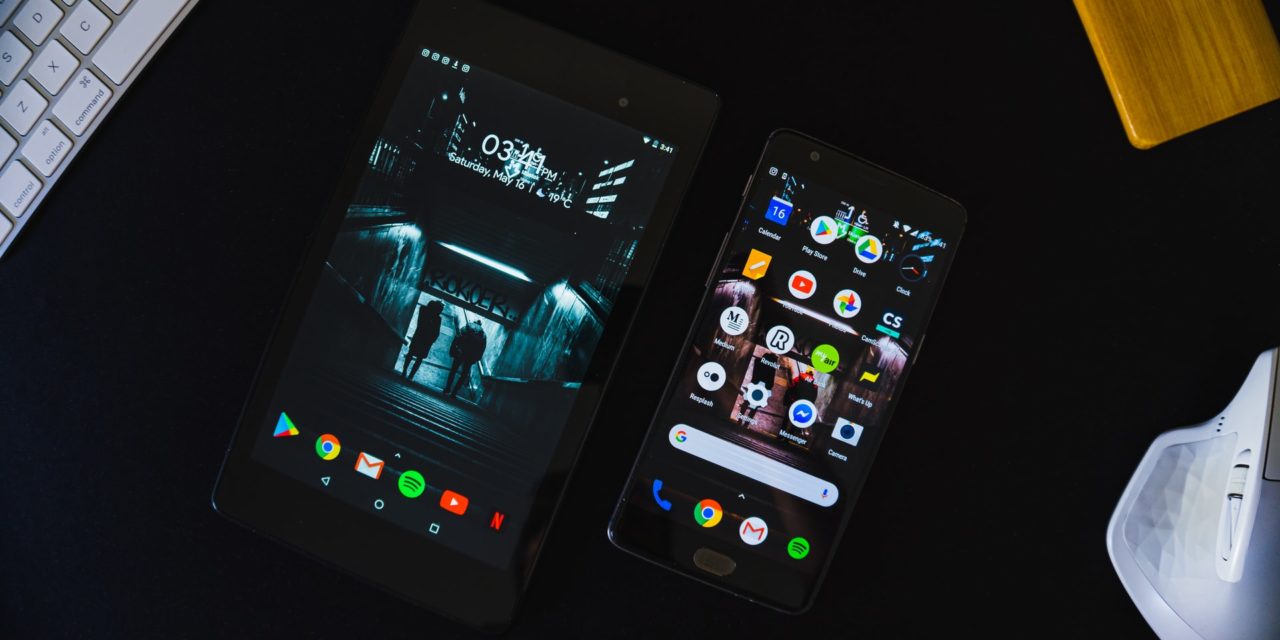[ad_1]
The smart home
The concept behind the smart home is that an automation system will be able to operate systems around the house. The variety of potential options are considerable and includes environmental systems (lighting, heating, climate control etc.), entertainment systems, individual appliances, and home security systems. While the idea is that many operations can be automated – thus saving the home owner time and effort – these systems can also be user controlled. An example would be being able to set the heating to come on later if you were going to get home later or telling the entertainment system to find you some suitable music for working to.
There is significant potential for IoT smart home solutions to change the way that we live. The main ways include:
- Saving time. Many of the IoT smart home products are intended to take out of our hands the various nugatory activities that we have to do on a daily basis, leaving more of our time for important or enjoyable activities.
- Improving quality of life. By making the home an easier, healthier and less stressful place to be in, smart home automation using IoT can help improve the quality of life.
- Saving money. Fully utilizing IoT can save money on house operating costs, for example by reducing unnecessary heating or lighting bills and integrating with smart grids to give the user greater visibility on the electricity they are using.
The health and security benefits
One of the main areas that has been explored for smart homes is that related to improving health. Several IoT smart home products have been developed that aim to monitor the status of the environment in the house. This includes, for example, monitoring the condition of the air across a number of categories – humidity, temperature, dust, CO2 etc. This information is then transmitted to a control interface where the user (the home owner or house occupier) can examine it and take appropriate action. Alternatively, this can be linked into other systems whereby automatic action can be taken to bring conditions back to the desired level, such as automatically turning air cooling or filtering systems on.
Other appliance-based solutions that are on the market include fridges that can monitor the status of food, checking for spoilage or similar, while automated cleaning can help reduce dust and dirt in the house.
Meanwhile, linking in security systems into IoT has made homes more secure. One of the most popular way this has been done is through using IoT enabled cameras in or around a house that enable a picture or video feed to be sent so that the home owner-occupier is able to check on the situation when they are away or when they are in another part of the property. Often these types of devices have multiple features integrated into them, such as automated motion sensors, sound detection, event-triggered video recording and so on.
Future developments
It's generally accepted that there are three generations of home automation development so far:
- First generation: wireless technology with proxy server, e.g. Zigbee automation;
- Second generation: artificial intelligence controls electrical devices, e.g. Amazon Echo;
- Third generation: robot buddy who interacts with humans, e.g. Robot Rovio, Roomba.
While the cutting edge of technology often gets the headlines, in many homes there is still substantial progress to be made with the first and second generation of systems. It is often entertainment-linked systems that generate the most media coverage, with the various personal home assistants – such as Amazon's Echo, Google Home, Sonos One, Apple HomePod and others – having been particularly popular. With the growing and accelerating roll out and uptake by customers of IoT smart home tools and solutions, demand for additional services or tools is likely to increase. The sheer range of potential within the smart home will ensure that IoT within the house will continue to develop in the years ahead.
[ad_2]
Source by Darya Tsygankova

